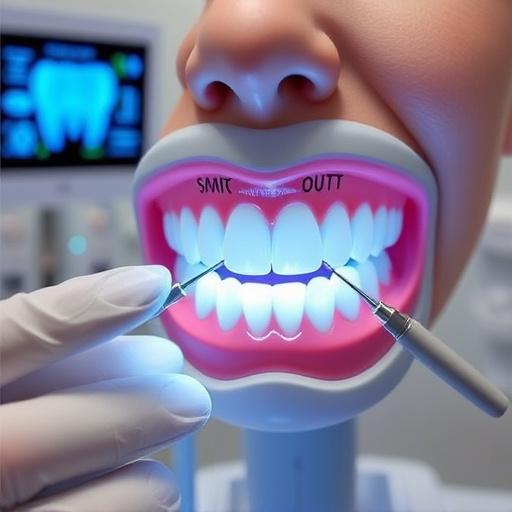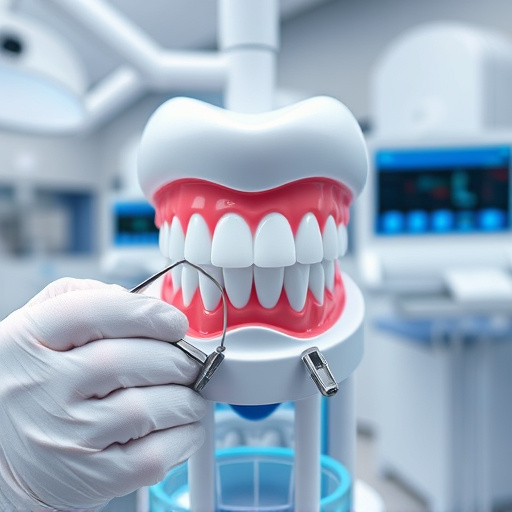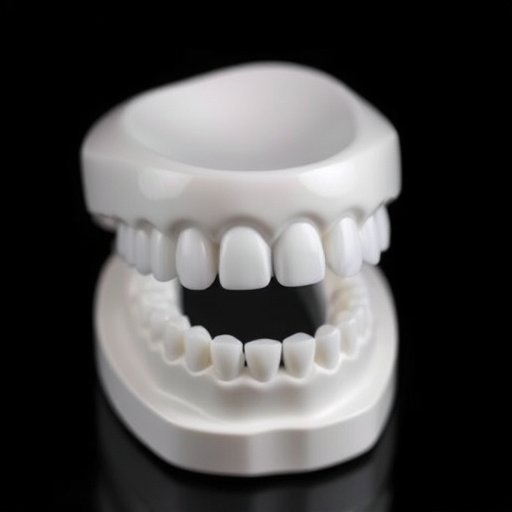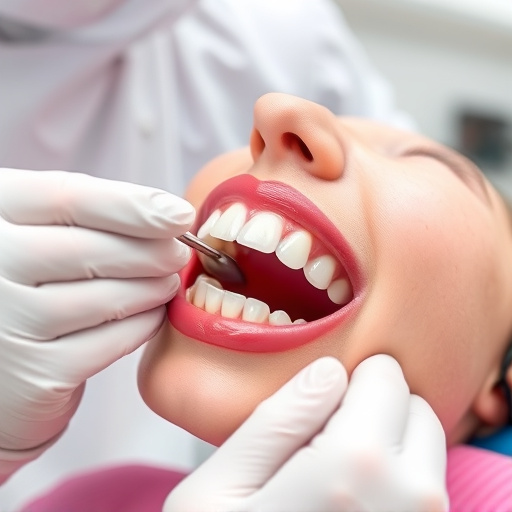Dental bridge replacement is a restorative and cosmetic procedure using durable materials like porcelain or ceramic to replace missing teeth, supported by surrounding teeth. Modern techniques, including CAD/CAM technology, offer same-day dentistry with minimal downtime, faster healing, and reduced sensitivity. Proper recovery and aftercare, such as managing pain, maintaining hygiene, and avoiding certain foods, are essential for efficient healing and long-lasting results.
“Experience seamless smile restoration with minimal disruption to your daily life! This article explores the revolutionary approach to dental bridge replacement, offering a quick fix for tooth loss. Learn how modern dentistry minimizes downtime with advanced techniques, ensuring you regain confidence swiftly. From understanding the procedure to post-operative care, discover the secrets behind efficient healing and a natural-looking result. Take the first step towards a confident smile with this comprehensive guide on dental bridge replacement.”
- Understanding Dental Bridge Replacement
- Minimal Downtime: Modern Techniques and Considerations
- Recovery and Aftercare for Efficient Healing
Understanding Dental Bridge Replacement
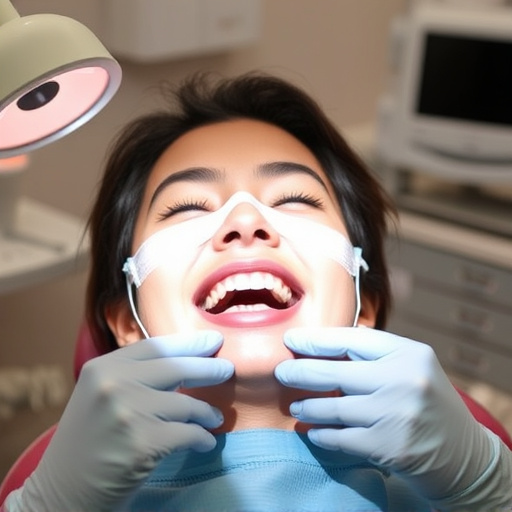
Dental bridge replacement is a restorative dental procedure designed to replace missing teeth, offering both functional and aesthetic benefits. This treatment involves crafting a custom-made bridge, typically made from durable materials like porcelain or ceramic, which is then attached to surrounding teeth for support. The bridge serves as a permanent solution, filling the gap left by a missing tooth or teeth while ensuring proper chewing function and maintaining facial structure.
In the realm of cosmetic dentistry, dental bridge replacement stands out as an effective way to achieve a beautiful, natural-looking smile. General dentistry practices often offer this service, catering to patients seeking both practical solutions for tooth loss and enhanced oral aesthetics. Family dentistry professionals can guide individuals through the process, ensuring minimal downtime and providing long-lasting results that contribute to overall oral health and well-being.
Minimal Downtime: Modern Techniques and Considerations

Modern dental bridge replacement techniques have significantly reduced the downtime associated with traditional procedures. One of the key advancements is the ability to place temporary bridges or crowns in a single visit, eliminating the need for multiple appointments. This streamlined approach, often referred to as same-day dentistry, is made possible through precise computer-aided design and manufacturing (CAD/CAM) technologies. These digital tools enable dentists to create highly accurate, customized dental restorations, including cosmetic fillings and bridges, in a fraction of the time compared to manual methods.
Additionally, the integration of advanced materials has played a crucial role in minimizing downtime. Modern dental bridges are designed with biocompatible alloys and ceramic compounds that offer exceptional strength and longevity while ensuring patient comfort. These materials also facilitate faster healing and reduced sensitivity during the recovery period, typically requiring only minimal dental cleanings and check-ups post-procedure. Compared to older methods, this modern approach allows patients to regain their oral function and aesthetic appeal with less disruption to their daily lives.
Recovery and Aftercare for Efficient Healing

After a successful dental bridge replacement procedure, proper recovery and aftercare are essential for efficient healing. Patients can expect some mild discomfort and swelling in the initial stages, which is normal. It’s crucial to adhere to the dentist’s post-operative instructions regarding pain management and oral hygiene practices. Rinsing with salt water several times a day can help reduce inflammation and keep the area clean.
During the healing process, it’s recommended to avoid consuming hard or sticky foods that might disrupt the newly placed dental bridge. Soft, cool, and warm foods are easier on the gums and teeth, promoting faster recovery. Additionally, regular check-ups with the dentist are vital to ensure the bridge is aligned correctly and to address any concerns promptly. Proper aftercare ensures optimal results for tooth repair, enhances comfort, and facilitates the integration of the dental implants or crowns supporting the bridge.
Dental bridge replacement offers a permanent solution for missing teeth with minimal downtime. Modern techniques, such as same-day bridges and advanced materials, ensure quick recovery and enhanced aesthetics. By understanding the process and prioritizing aftercare, patients can enjoy improved oral health and confidence without significant interruptions in their daily lives. This innovative approach to dental bridge replacement is transforming the way we address tooth loss, making it an attractive option for those seeking long-lasting results with minimal discomfort.








